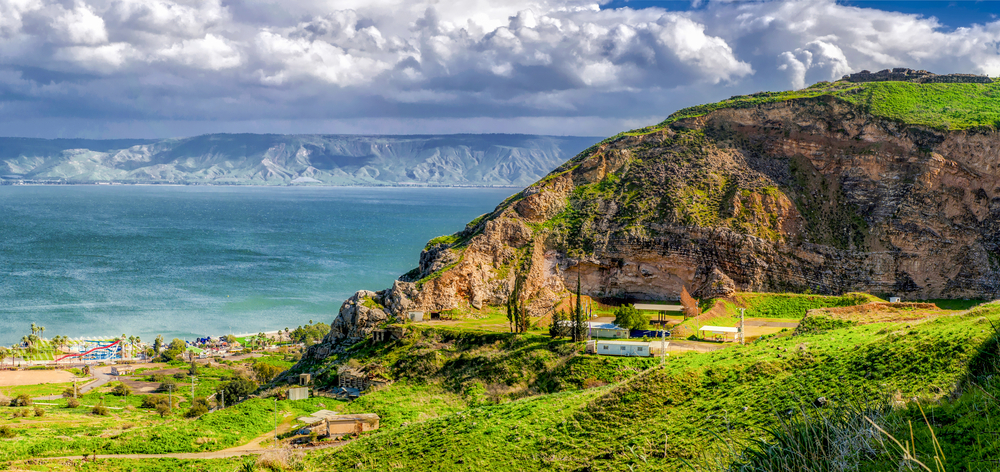

The Sea of Galilee, also known as Lake Kinneret in modern Israel, holds profound historical and religious significance. It has been a hub of human settlement and activity for thousands of years. For the Christian community, it is a pivotal site, as many events in the life of Jesus Christ, as recounted in the New Testament, took place in the surrounding region. Miracles such as Jesus walking on water and the feeding of the 5000 were said to have occurred along its shores, which has made it an important pilgrimage site for centuries.
Tourism in Tiberias and the Sea of Galilee region began to develop significantly in the late 19th and early 20th centuries. The construction of the Tiberias Hot Springs, known for their therapeutic qualities, became a draw for visitors seeking wellness treatments. Over time, as the historical and religious sites began to gain international notoriety, more hotels, and guesthouses started to emerge to cater to pilgrims and tourists.
Eco-Tourism: In recent years, there has been a growing interest in eco-tourism in the Sea of Galilee region. The area's natural beauty and biodiversity are being highlighted, with a focus on conservation and sustainable travel experiences. Bird watching, cycling around the lake, and hiking the Jesus Trail are popular activities that allow visitors to enjoy the natural settings in a responsible manner.
Religious Tourism: The Sea of Galilee continues to attract millions of pilgrims annually. Religious tourism remains a cornerstone, with sites like Capernaum, the Mount of Beatitudes, and the Church of the Multiplication being significant attractions. Pilgrimages and religious tour groups are common, with bespoke tours focusing on the life of Jesus.
Technological Enhancements: To improve the visitor experience, historical and religious sites are increasingly utilizing technology, offering virtual reality tours and multilingual apps that provide rich historical context and self-guided tours.
The region faces ongoing challenges, notably the environmental pressures on the Sea of Galilee itself, which necessitate careful management of water resources and tourism activities to ensure sustainability. In response, several initiatives aimed at restoring and protecting the lake have been implemented.
Looking ahead, tourism in the Sea of Galilee is poised for growth, with investment in infrastructure and services aimed at enhancing the tourism experience while preserving the region's cultural, historical, and natural heritage.